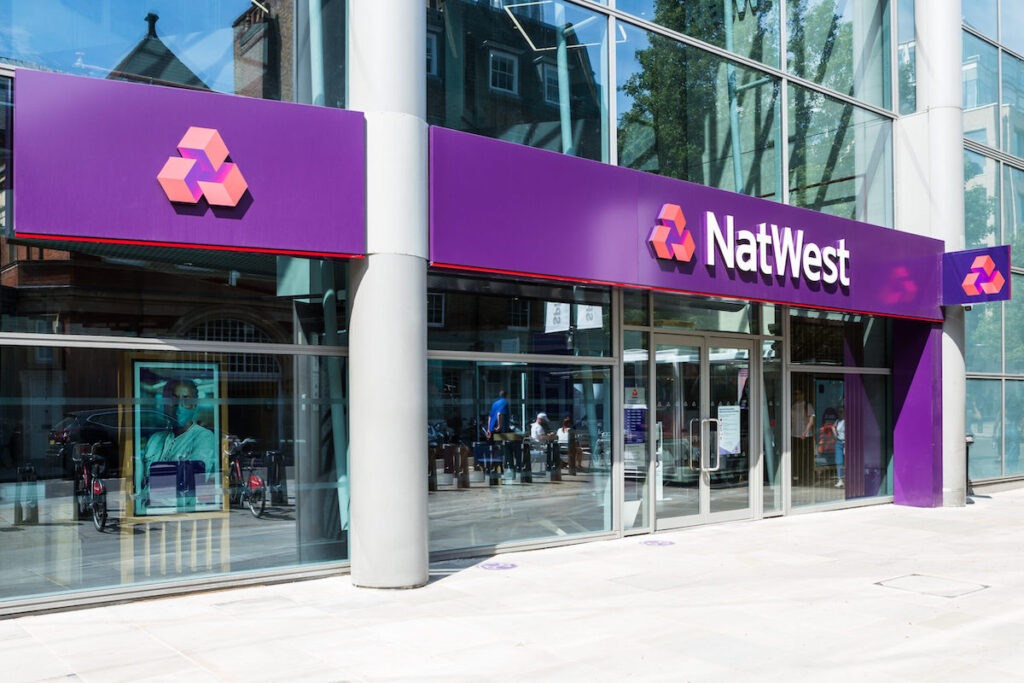NatWest, a British lender, posted an annual profit that topped estimates, with income and productivity due to its growth and capital management. The bank’s leaders think these advances can help with more acquisitions and fatter returns for investors.
Once managing assets worth £2.2 trillion more than double the size of the UK economy. NatWest has cut its size substantially. Due to the restructuring over the past years, it mainly focuses on the domestic business.
The Chief Executive Paul Thwaite said: “We have positive momentum behind us.”
Strong Financial Performance
NatWest said lunes an a pretax operating profit of £6.2 billion ($7.79 billion) for the year ended December 31, ahead of analyst estimates of £6.1 billion. This performance remained in line with 2023 results.
In a year, the price of NatWest’s share nearly doubles after investors responded positively to its £4 billion capital redistribution plan and acquisitions. But after earnings announcement, it fell by 2.2% and afterwards settled at 1.5% down to 430 pence as it reach highest value since 2011 earlier this week.
Expansion Through Acquisitions
In 2024, Thwaite revived NatWest’s acquisition strategy with the purchase of billions’ worth of assets from Sainsbury’s and Metro Bank. He said that others deals would come if they add to shareholder value, while also refining the scale or capability of the bank’s focus areas like mortgages, unsecured lending and wealth.
The bank has to think differently about the UK mortgage market. Major players, including Nationwide, Lloyds, HSBC and Barclays have turned aggressive on price. Further, Natwest may experience losses on net interest income as the Bank of England cut interest rates four times this year. These cuts might undo the recent growth of lending margins.
Balancing Investment and Shareholder Returns
From my perspective, Thwaite did not reveal how much money the bank will spend on acquisitions but said it is a case of balancing growth with shareholder reward. NatWest said it would boost its dividend payout ratio from 40% to 50% from 2025 and keep its common equity tier 1 ratio between 13% and 14%.
The Financial Times says NatWest has held talks about buying Santander’s UK arm. The bank declined to comment on the speculation.
NatWest has set new performance targets, which include targeting a return on tangible equity (RoTE) of 15%-16% by 2025 and over 15% by 2027. However, some analysts are unconvinced that NatWest can sustain those levels in the future.
Loan Growth and Government Exit
NatWest’s optimistic outlook on the UK economy conflicts with warnings about weak growth , high public debt and impact of technology on trade. In spite of the obstacles, Thwaite is hopeful about the financing of the government’s money policies especially changes to the ramping of rules.
Natwest saw total loans grow by 3.5% yearly to £372bn. This marks the sixth consecutive year of loan growth. Loan impairments went down to £359 million in 2024 from £578 million in 2023.
On the other hand, the UK government cut down its stake in NatWest to below 7% from 38% in December 2023. As such, this put the bank on course to return to full private ownership later this year after its £45 billion government bailout at the time of the 2008 financial crisis.


